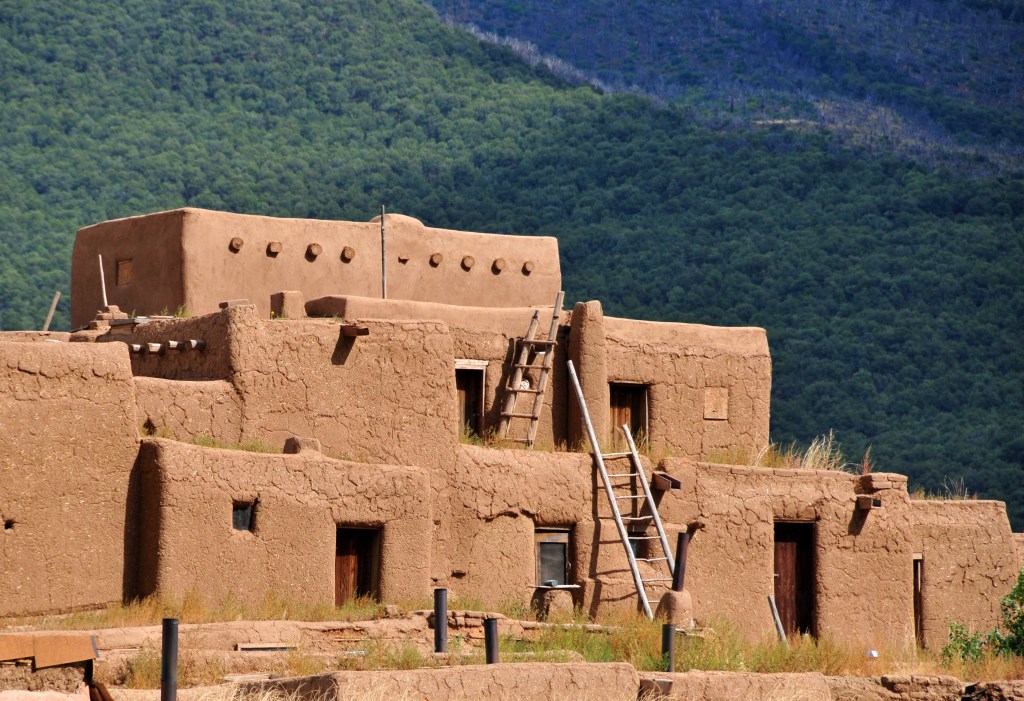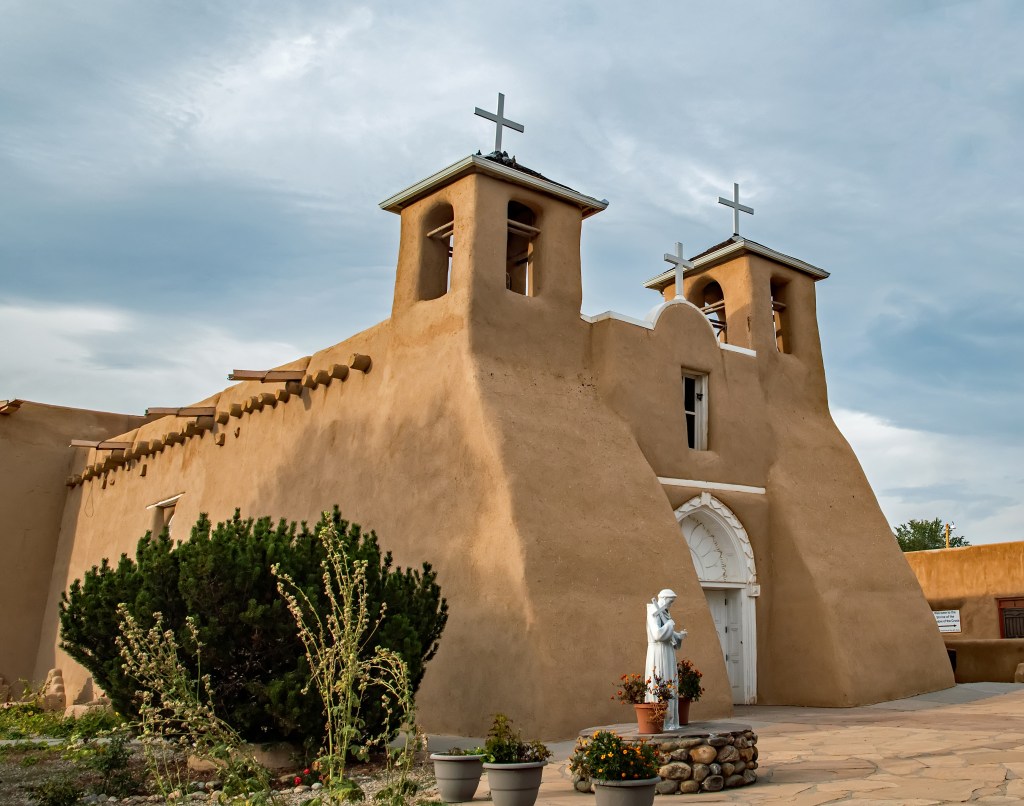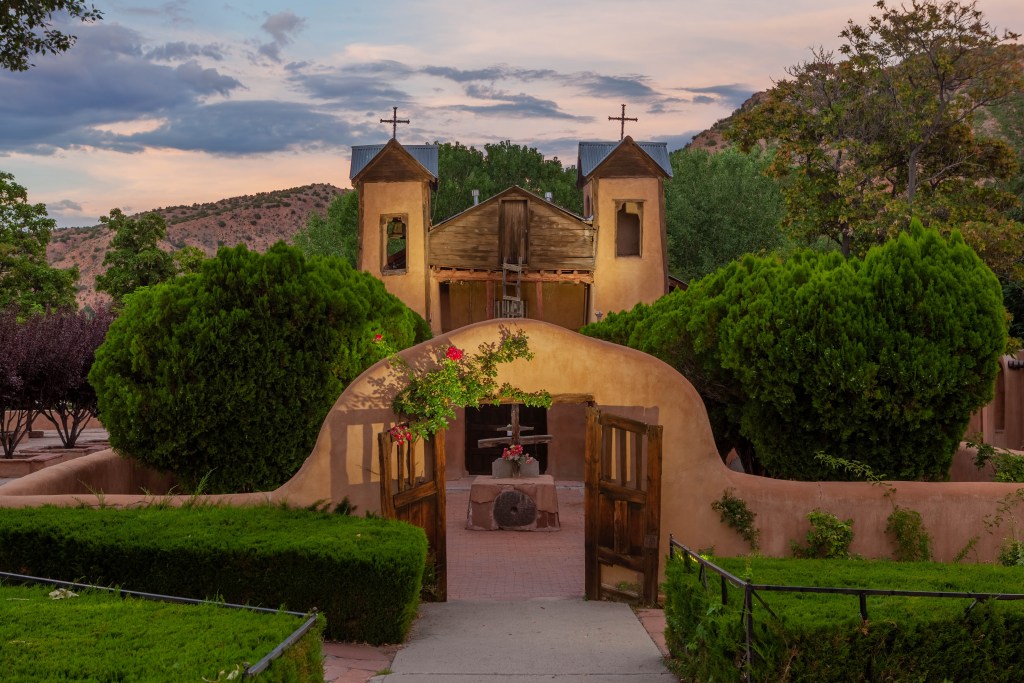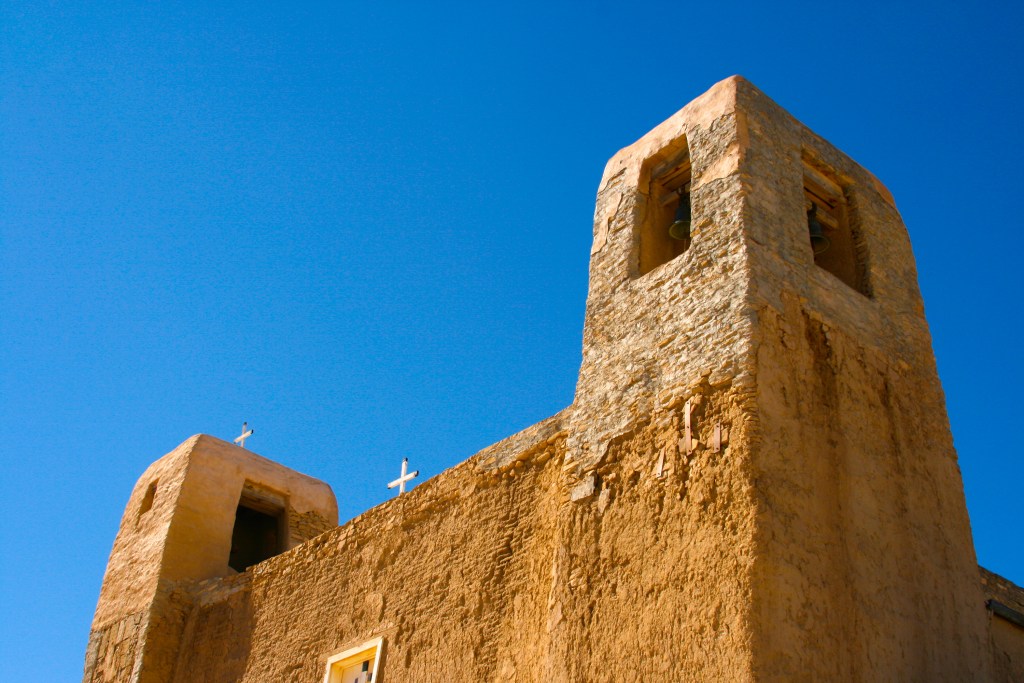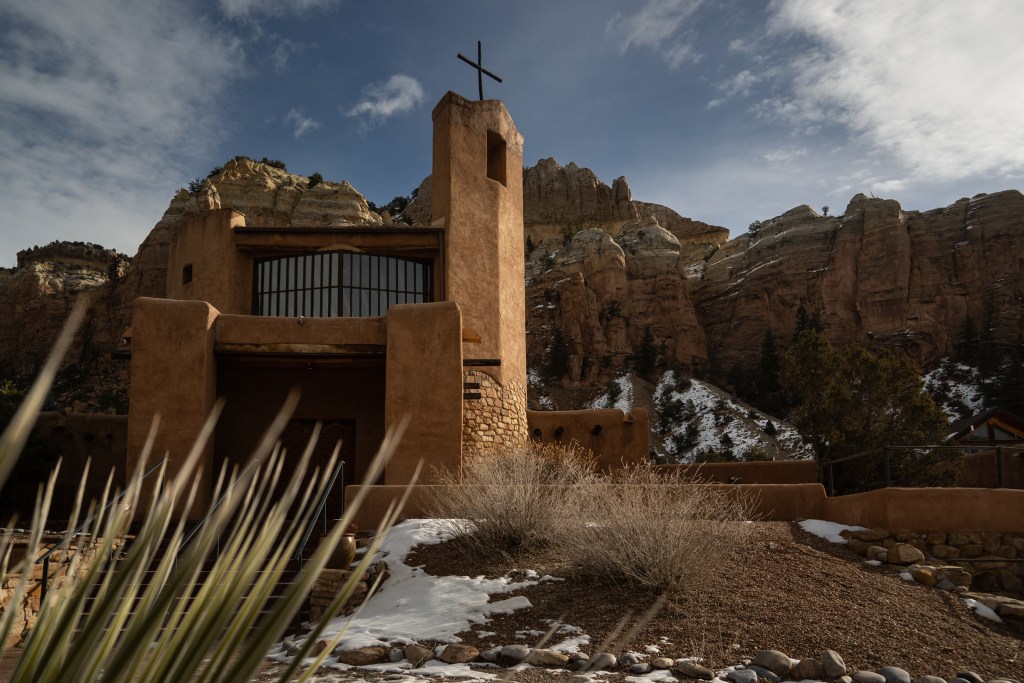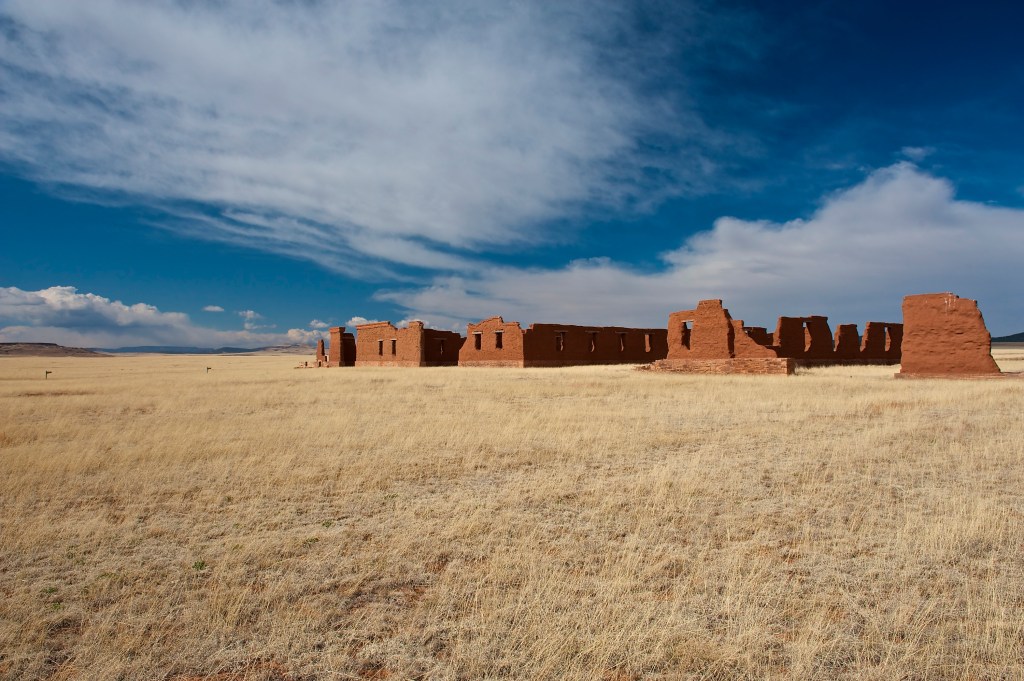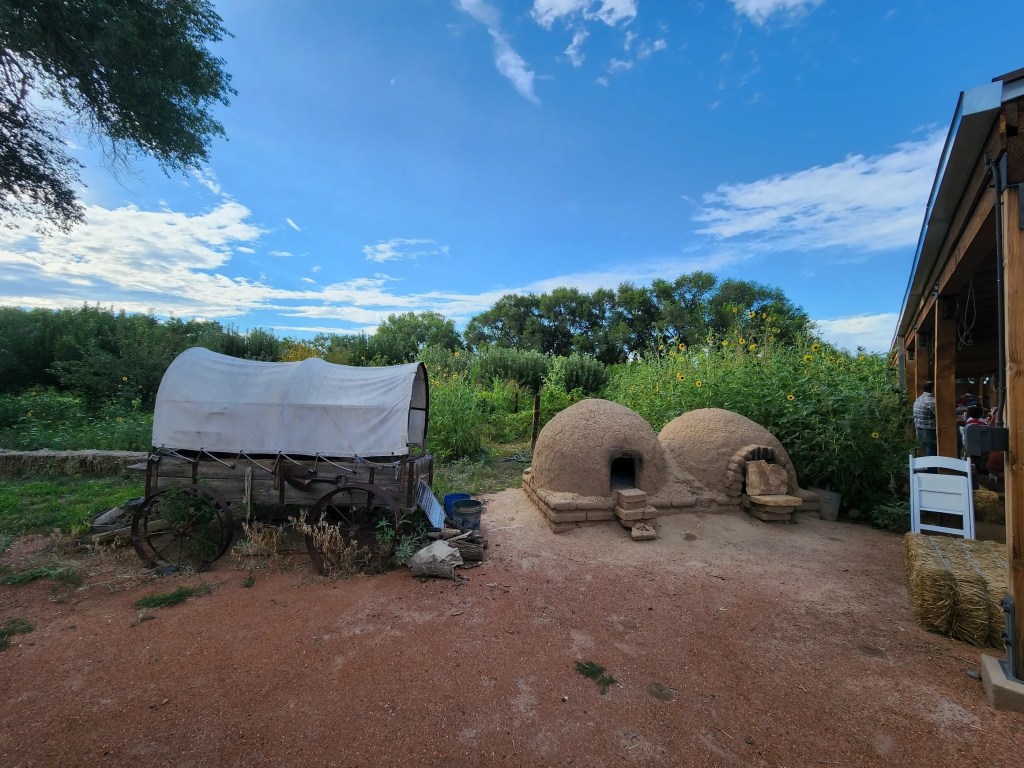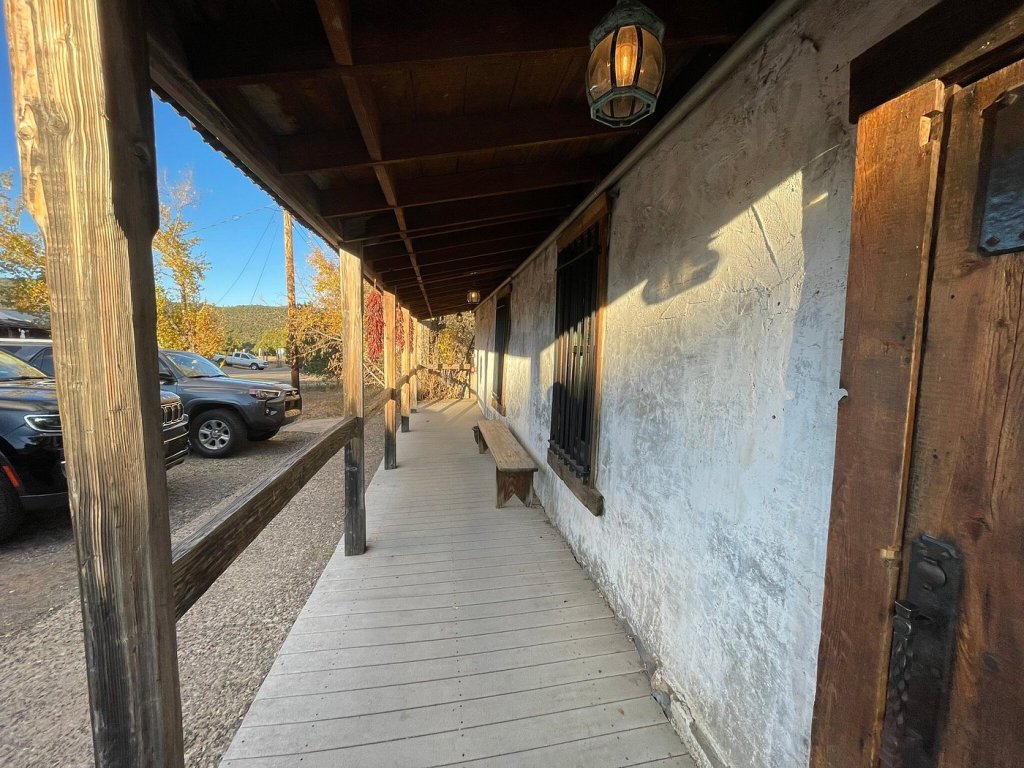When I think of New Hampshire, my mind automatically switches into winter mode.
I imagine sipping on warm, spiced drinks in homely cafes.
I picture breweries packed with revelers who just finished a long day on the slopes.
I see ice castles, towns lit with Christmas lights, and cozy cabins designed for disappearing into winter wonderlands.
But New Hampshire isn’t only a haven for fans of snow and skiing. Though small, this New England state packs a punch when it comes to things to do—no matter the season.
Right now, for example, New Hampshire is in the midst of its maple sugaring season. It’s a perfect time to sample maple treats and learn about harvesting practices.
And it’s just one of dozens of unique and seasonal activities that are available in New Hampshire. Ready to see what living free is all about? Here’s what to do in New Hampshire each season.
(As always, consult the Visit New Hampshire site if you’re interested in learning more about what to do in the state. They offer a comprehensive list of things to do and companies to do them with.)
5 things to do in winter in New Hampshire—aside from skiing and snowboarding
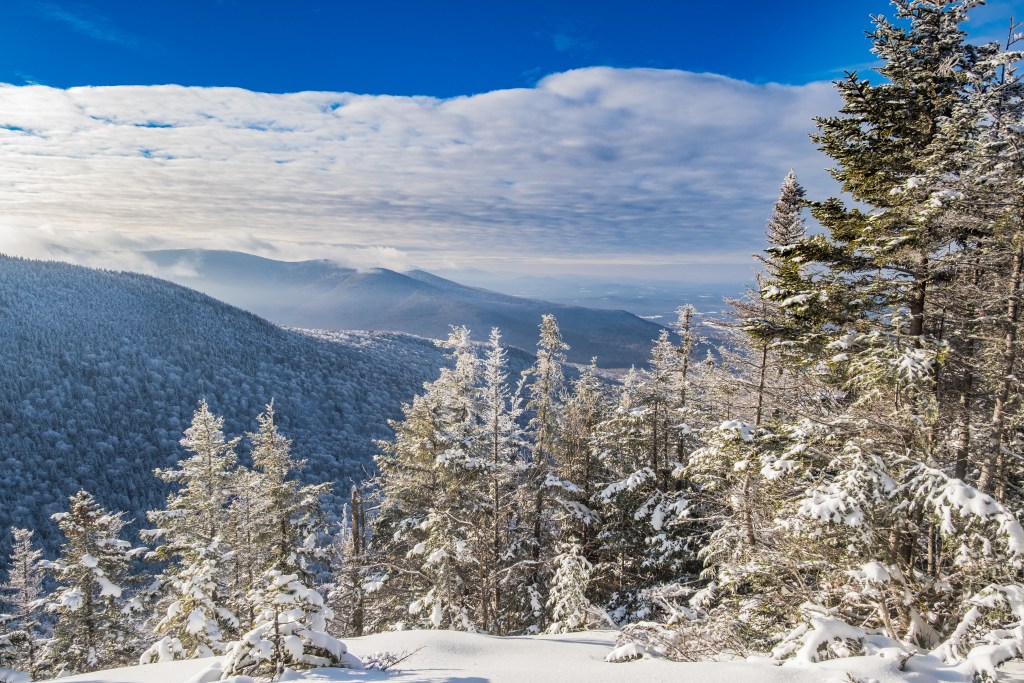
Dog sledding
I had the great pleasure of manning a dog sled once upon a time in Northern Sweden, and it was one of the coolest, most unexpected experiences in my life.
If you’re in the mood to see what the fuss is all about, you can mush with the best at Muddy Paw Sled Dog Kennel. The company lets you hop on a tour or take an instructional course to learn how to drive your own sleigh. The choice is yours!
Sleigh rides
If barking dogs isn’t your thing, then try out one of New Hampshire’s horse-driven sleigh rides. Just keep in mind that these experiences are only available when there’s plenty of slow—not even the Budweiser Clydesdales could manage the sleigh otherwise.
Here’s where you can enjoy a horse-driven sleigh ride in winter: Charmingfare Farm (Candia), Stonewall Farm (Keene), Silver Ranch Stables (Jaffrey), Coppal House Farm (Lee), and more.
Ice castles
Ice castles are hand-crafted sculptures created anew each winter. There are multiple ice castle destinations around the US—but the original, and the largest and most ornate, is in New Hampshire.
Snowmobiling
Forget the dogs and horses. If you’re interested in driving your (mechanical) sleigh through the winter wilderness, you can explore thousands of miles of trails.
I’m not just talking about general hiking trails but routes that run over 7,000 miles that were made specifically made for snowmobiling. There are 11 locations around the state where you can join the fun.
2 things to do in spring in New Hampshire
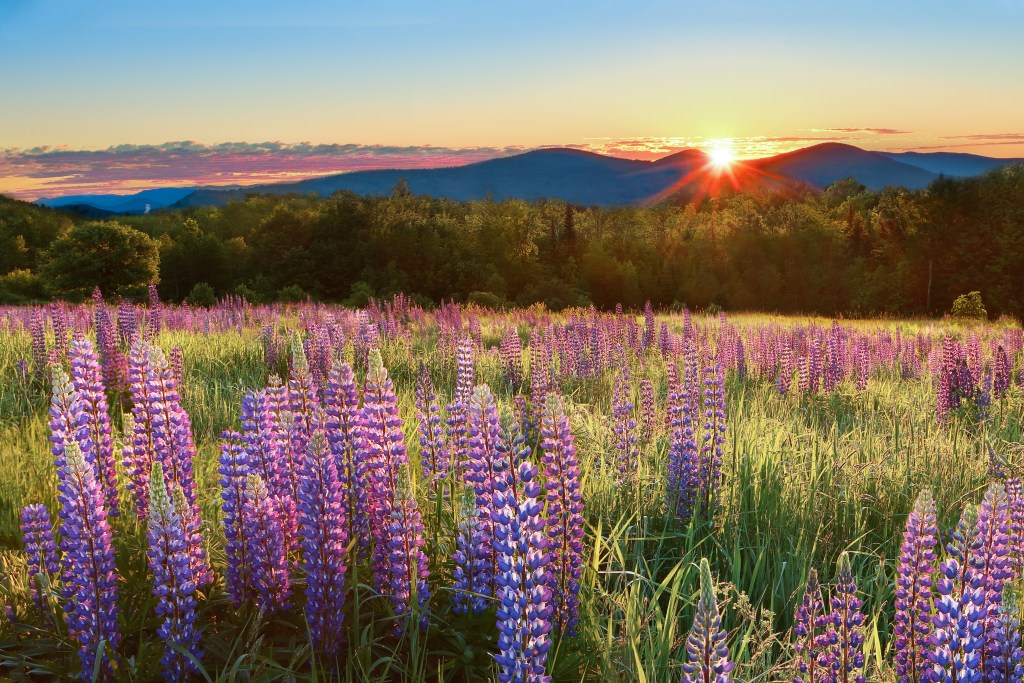
Maple sugaring
March is the time to maple. Not only can you dive into the New Hampshire Maple Weekend’s list of activities around the state, but you can also visit almost all 90 maple sugarhouses.
While you might not be able to take your mapling skills home with you, you can also take cooking classes that showcase how to make homemade treats from New Hampshire’s sweetest export.
Breweries
You can visit New Hampshire’s breweries in any season—but they tend to come alive when the weather turns warm. Outdoor beer gardens and patios open up, making space for larger crowds and live performances.
With over 90 independent breweries dotting the state, you’ll have more choices about where to drink homemade brews than you’ll know what to do with.
3 things to do in summer in New Hampshire—aside from hiking
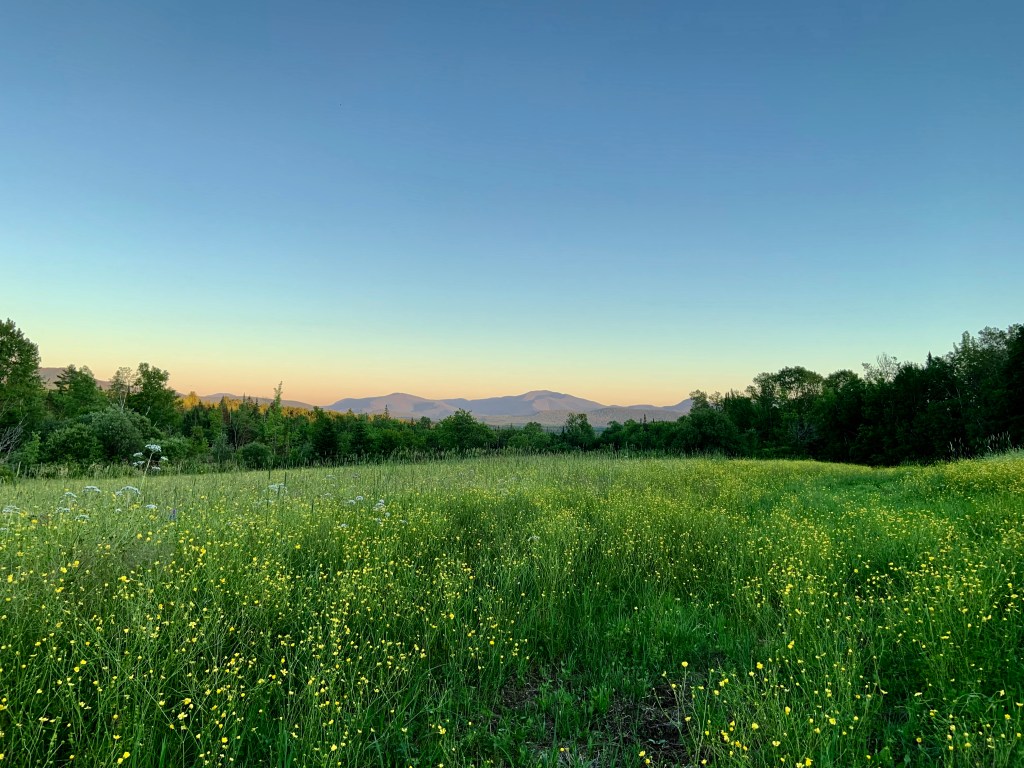
Get out on the water
New Hampshire has a small stretch of coastline, along with thousands of miles of lazy rivers and sprawling lakes. Along with cruises that take you onto lakes and even the Atlantic, you can get out on the water by canoeing and kayaking.
I’d probably go for the white water rafting adventures. At the moment, three companies in New Hampshire will take you into the rapids: Great Glen Trails Outdoor Center, North Woods Rafting, and Northern Waters Outfitters.
ATVing
Were you surprised to hear that New Hampshire has over 7,000 miles of snowmobiling trails? Get ready—the state also has 1,000 miles of interconnected ATVing (and UTVing) trails known as the ‘Ride the Wilds’ system.
On top of that, there are 75 miles of ATVing trails in Jericho Mountain State Park. Just make sure to wear a helmet.
Camping
There’s a camping adventure in New Hampshire for every comfort level. If you’re not usually a fan of the great outdoors, head to a glamping site.
Those cruising around in an RV can find a great hookup in multiple parks. Or if all you need is your trusty tent, you’ve got even more options. From summer camp-style campgrounds to more upscale resorts, you can camp to your heart’s content all summer long.
3 things to do in autumn in New Hampshire
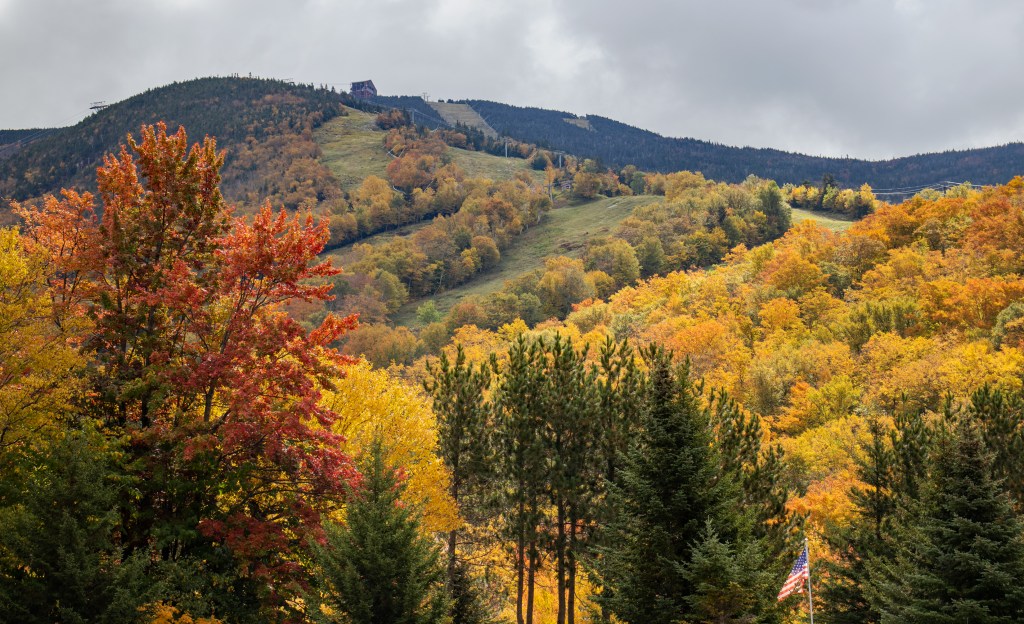
Follow the changing foliage
Want an unbeaten view of vibrant fall foliage? You can track the turning of leaves with the New Hampshire Peak Foliage Map, which is updated weekly as soon as the first leaves drop in autumn. Using the fall foliage tracker, you can carefully plan out your trips to make sure they coincide with the most stunning displays.
Take a train ride
One of the best ways to enjoy those fall foliage displays is by taking a scenic train ride. In New Hampshire, you can choose from six different enchanting routes that cut through some of the state’s most stunning natural corridors. (In winter, there are also Santa Express-themed trains, so keep these rides on your radar even when the trees are bare!)
Harvest fruits and veggies
New England is one of the best places in the United States to harvest your own fruits and vegetables when the weather turns cold. From apple orchards and cider-pressing programs to pumpkin carving and hayrides, there are 31 options for you to get your hands dirty with a little autumn harvest.







